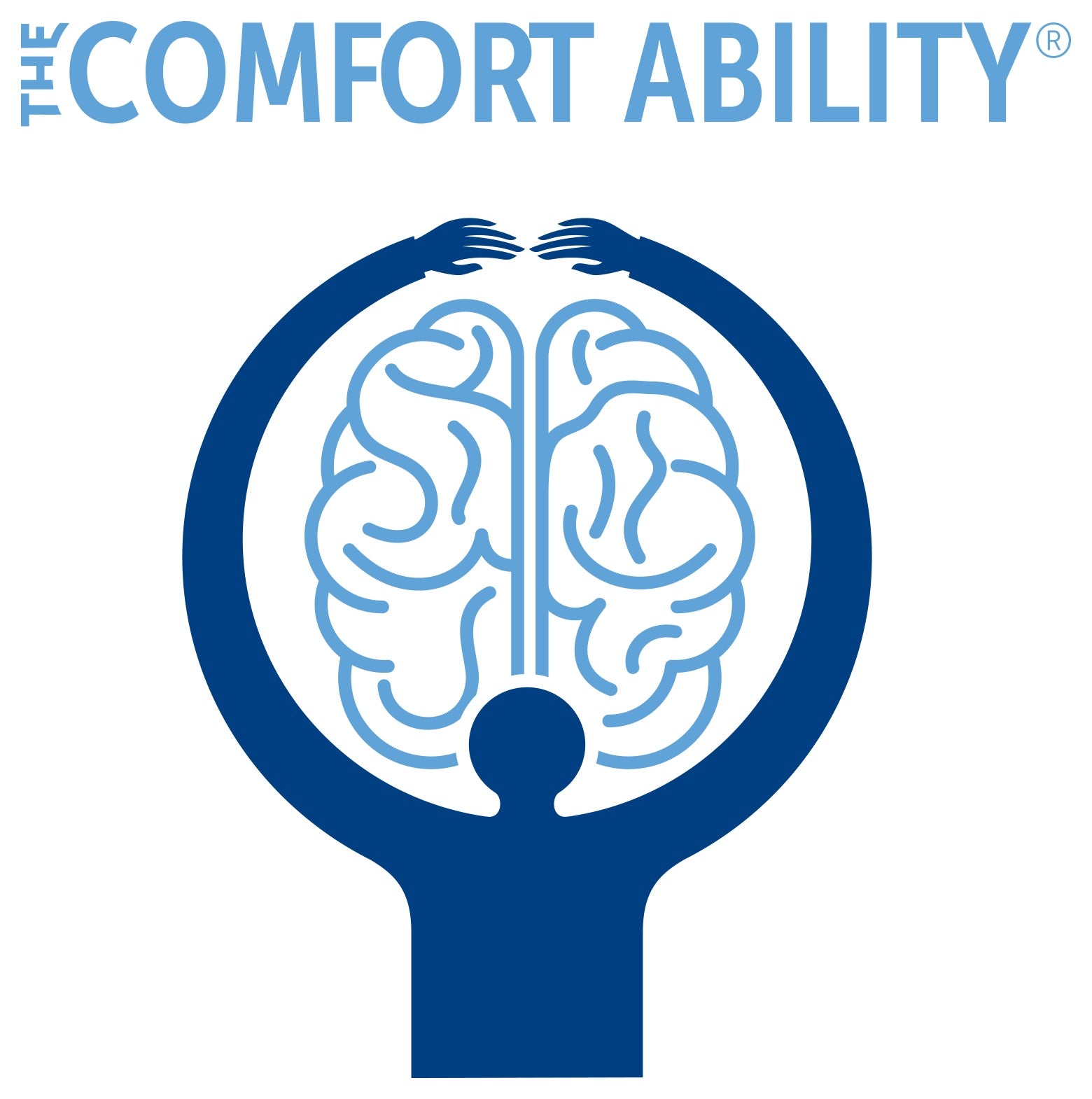Caregiver-to-Caregiver: Tips for helping a child with pain and functional symptoms
If you are reading this, then you are probably the parent or caregiver of a child or teen with chronic pain or functional symptoms. As a group of parents who have been down this road, we took a look back at our own personal journeys of caring for a child chronic symptoms and asked the simple question:
What have we learned that has really helped us along the way?
While not all our tips and advice will work for every child and caregiver, we hope you find some golden bits of parent-to-parent advice here that will help to make your own journey a little easier. We’ve all been there and it’s not easy. Remember, you are not alone!
-The Comfort Ability® Caregiver Advisory Board
General Tips:
- Your child’s pain or functional symptoms are real even if there is nothing you can see and you don’t have a clear diagnosis.
- It’s possible for a child to get better just by treating the symptoms, even if you never learn what caused them.
- It’s helpful to plan ahead and have a “bag of tricks” or a “tool box” to manage difficult situations like stressful waiting rooms, sleepless nights, or other frustrations. Remember that different things might work in different situations. Keep trying until you and your child find what works best in each situation.
- An active approach to recovery that includes exercise and psychological support makes a big difference!
- In the recovery from pain and functional symptoms, kids may develop new interests, skills, or hobbies and this can be a positive part of the healing process; try to embrace the change.
Medical Tips:
- Chronic pain and functional symptoms are complicated and getting better often requires more than one kind of treatment.
- Work with a medical team that you feel really listens to you and to your child.
- Ask a lot of questions at your appointments; it can be helpful to have a notebook to write down your questions ahead of time, so you don’t forget what you want to ask.
- Often several types of interventions will be recommended together. This can be a helpful approach, but it may also feel overwhelming. If it feels like too much, ask your provider what treatments you should prioritize for your child and when to consider starting or stopping a new treatment.
- The recovery process can be slow and you may wonder if you’re doing everything you can to help your child. Having a clear follow up plan to evaluate progress is important; it’s also common to adjust or tweak the treatment plans during the course of recovery.
- Physical therapy and cognitive behavioral therapy are often a part of the recovery plan as they help to reduce pain/physical discomfort, improve function, and manage stress. It may take weeks or months to see the benefit, but the results are often long-lasting.
Psychology Tips:
- Psychologists can be helpful in supporting you and your child. Even if your child has not been referred for therapy, you may want to consider this as part of your child’s treatment.
- The role of a psychologist often extends beyond therapy. For example, a psychologist can be helpful in coordinating care, thinking through new approaches/treatments, monitoring progress, and providing guidance and support to schools.
- Don’t be shy about asking your child’s psychologist about ways you can help support your child with the new skills they are learning.
- Psychologists often say it’s better for your child to get up and get moving each day because too much resting makes things worse. But, as a caregiver, it’s hard to know when your child does need to rest and when you should push them to be more active. Ask for advice on how to best strike this balance.
School Tips:
- Request a short letter or medical note from your child’s doctor to document your child’s symptoms.
- Designate someone on your child’s team (pediatrician, psychologist, clinic nurse, specialist) who can be a primary point person to help coordinate care at school.
- Become familiar with the available academic and medical accommodation options in your child’s school system; knowing this information can help you to advocate effectively for your child.
- Try to work in collaboration with the school. Often plans will change over time, so it can help to build in some flexibility to your school plans and stay open to new approaches.
- You and your child should have one “go to” person at the school to communicate with, such as a principal, guidance counselor or nurse. Help to educate this person about the symptoms by sharing your resources, books, helpful websites, etc.
- If you’re working on a school attendance plan, there will probably be days when you child will have to go school not feeling well. Remind yourself that this is a common part of the process. It’s not easy, but it is OK for your child to be in school with the symptos. Make sure your child’s teachers and school staff understand this, too.
Family Tips:
- It’s important for you and your partner to have confidence that your child can learn to manage the symptoms; working together on this helps.
- Your own self-care is very important. If you don’t make time to take care of yourself, you can’t take care of your child.
- Talk openly in your family about what’s happening. If you feel nervous or sad about the situation, chances are that other people in the family are feeling that way, too.
- Don’t forget about siblings. Setting aside a few minutes or hours each week for a sibling can help to reduce feelings of jealousy or frustration.
- There are many great resources and supports available to help you and your family through this difficult time. Reach out for help. You are not alone!
